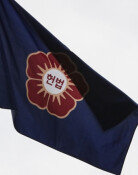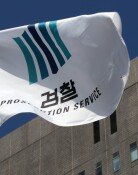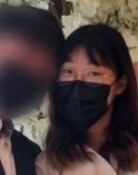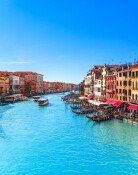Music contents featuring Seoul gain popularity
Music contents featuring Seoul gain popularity
Posted December. 27, 2018 07:46,
Updated December. 27, 2018 07:46
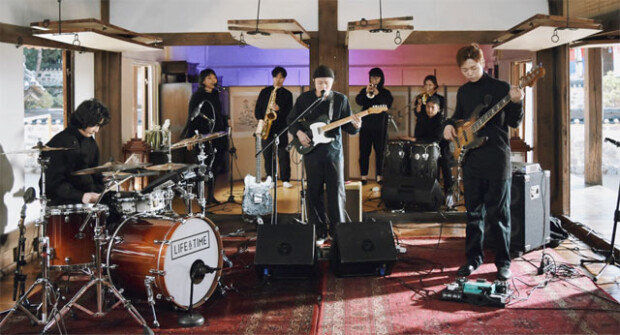
A pop-up store called “Seoul Record” opened on Dec. 15 at the Dongdaemun Design Plaza (DDP) in Seoul, attracting the attention of the public. As the name suggests, the pop up store introduced a variety of records that featured Seoul or have pictures of Seoul on the cover. Visitors in their 20s and 30s glowed with enthusiasm, looking at the old phonograph records and listening to the music. The pop-up store was set up for the “Digging Club Seoul” concert for “Onstage 2.0,” music content produced by Naver Cultural Foundation.
Music content that highlights the characteristics and atmosphere of Seoul are gaining popularity in the pop industry. “Digging Club Seoul” is a project, where young artists remake the songs from the 1980s and 1990s, such as songs by Yoon Soo-il and Kim Hyeon-cheol. Young artists in various music genres, including Kim Sa-wol and Jun Bum Sun & Yangbans released an album called, “Unframe Seoul,” which is filled with songs about Seoul. Targeting international fans, Universal Music Korea launched the “Kiwa” project, where a series of artists perform at the Namsan Hanok Village.
Why Seoul, which was so familiar that there seemed to be nothing special about it, is suddenly in the spotlight in the music industry? Experts attribute it to both internal and external factors. To young Koreans, who have overcome a sense of cultural inferiority thanks to the K-pop boom, Seoul has become a “hipster city.” To young foreigners around the world, who have recently learned about the Korean culture, Seoul is an exotic future city that replaced Tokyo.
“Seoul has become a cool city with the comeback of retro clubs such as “New Town” and “The Realm of the Senses” in Euljiro and the “Newtro (new retro) boom,” said Space Oddity CEO Kim Hong-ki, who jointly planned “Digging Club Seoul.”
The logo of “Kiwa, Seoul, Korea” appears on the first scene of “Kiwa.” British DJ Jonas Blue as well as Korean artists including "Life and Time" and "O3ohn" shot their performance at Hanok. “There have been so many live video series but none were based on regionality,” said Lee Jun-hwan of Universal Music Korea, the co-planner of “Kiwa.” “We needed the “Seoul, Korea” brand to make a killer content that will make a deep impression on people around the world. The Seoul Metropolitan Government supported us in the process.”
Seoul has become a popular place to shoot K-pop music videos. It’s a sea change from the old days, when big budget music videos were filmed in Los Angeles, London, and Sapporo. “Since EXO’s ‘Lihgtsaver’ and GFriend’s ‘Rough’ were filmed in Seoul, there have been lots of music videos of K-pop stars, showing the true side of Seoul,” said Mimyo, editor of a web magazine “Idology.” “In the music video of "My Van" by NCT 127, members show you around the places in Seoul riding a van. Seoul has become popular as the capital of K-pop to international K-pop fans and as a familiar place to domestic fans.”
The movie “Blade Runner” used images of Hong Kong and Tokyo to depict a virtual future city. Director Ridley Scott created an exotic virtual city to express anxiety about a dystopian future. Seoul, where the future and the past coexist, is becoming a future dream city to both Koreans and people around the world through K-pop music content.
imi@donga.com
Headline News
- Med professors announce intention to leave hospitals starting Thursday
- Bridge honoring Sgt. Moon Jae-sik unveiled in Pennsylvania
- Chief of Staff Chung tells presidential secretaries to stay away from politics
- US FTC bans noncompete agreements
- N. Korea launches cyberattacks on S. Korea's defense companies



